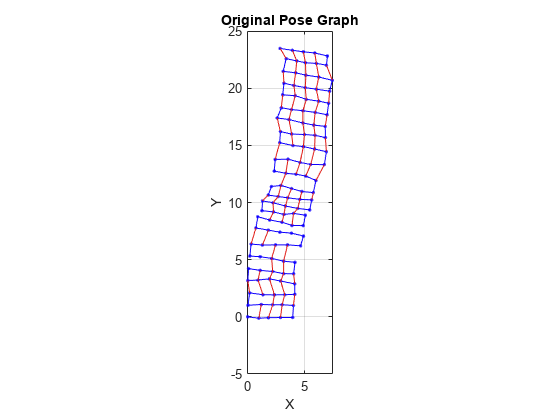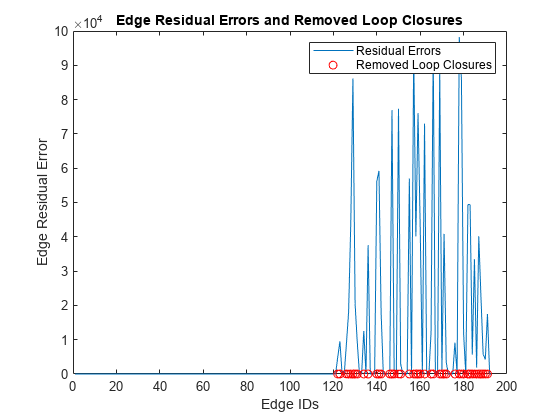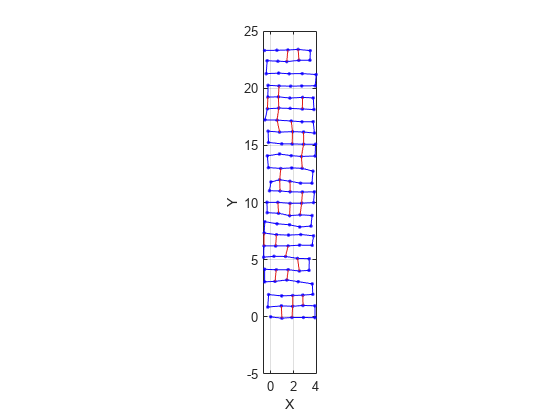trimLoopClosures
Optimize pose graph and remove bad loop closures
Syntax
Description
poseGraphUpdated = trimLoopClosures(poseGraphObj,trimParams,solverOptions)trimParams. Create the solverOptions input using
the poseGraphSolverOptions function.
The function implements the graduated non-convexity (GNC) method with truncated least squares (TLS) robust cost in combination with the non-minimal pose graph solver [1].
[
returns additional information related to the trimming process.poseGraphUpdated,trimInfo] = trimLoopClosures(poseGraphObj,trimParams,solverOptions)
Examples
Input Arguments
Output Arguments
References
[1] Yang, Heng, et al. “Graduated Non-Convexity for Robust Spatial Perception: From Non-Minimal Solvers to Global Outlier Rejection.” IEEE Robotics and Automation Letters, vol. 5, no. 2, Apr. 2020, pp. 1127–34. DOI.org (Crossref), doi:10.1109/LRA.2020.2965893.
Version History
Introduced in R2020b




